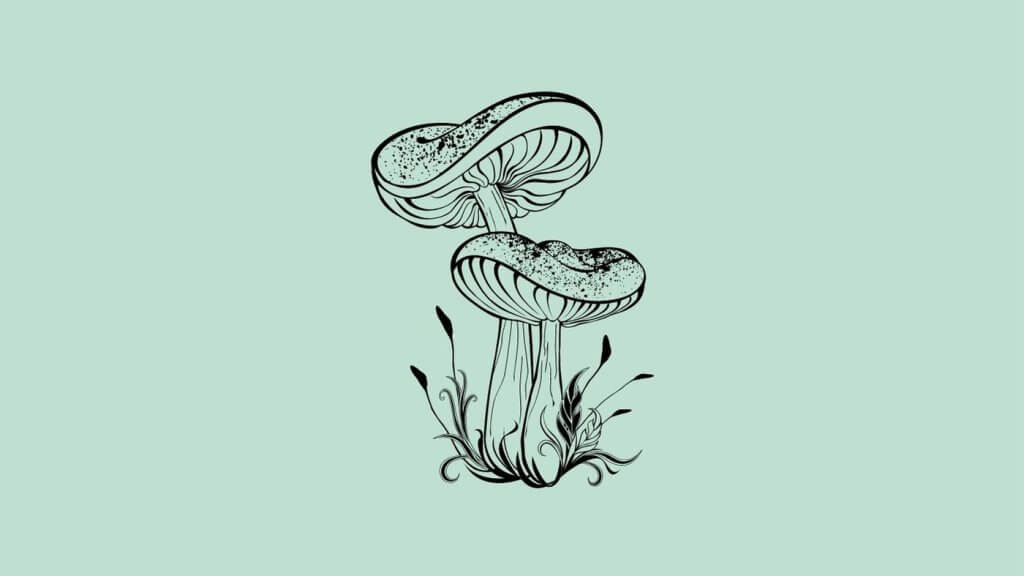These edible mushrooms are a frugal forager's dream, valued at approximately twenty dollars an ounce. However, it grows best in one specific region. Once you find it, you can use the candy cap mushroom to make simple syrup, cakes, cookies, and more.
Candy Cap Mushroom: The 4 Most Common Types Used in the Kitchen
Candy cap and curry milkcap are common names for multiple similar mushrooms in the Lactarius genus.
With roughly 450 species of Lactarius, knowing which ones are edible and delicious is important. These wild mushrooms come from the Russulaceae family.
The 4 most common species are:
What Are You Foraging For Right Now?
We're thrilled to hear your ideas. What would you like to submit today? Feel free to share your thoughts and experiences with us.
- Lactarius fragilis
- Lactarius camphoratus
- Lactarius rubidus
- Lactarius rufulus
Despite their minor differences, all 4 varieties are suitable for adding sweetness to a meal.
- L. fragilis is the lightest in color and has the most noticeable scent, fresh or dried.
- L. camphoratus has the most subtle flavor and a sweet curry scent.
- L. rubidus is the most common variety and has a much stronger scent when dried.
- L. rufulus is the largest variety and the least fragrant.
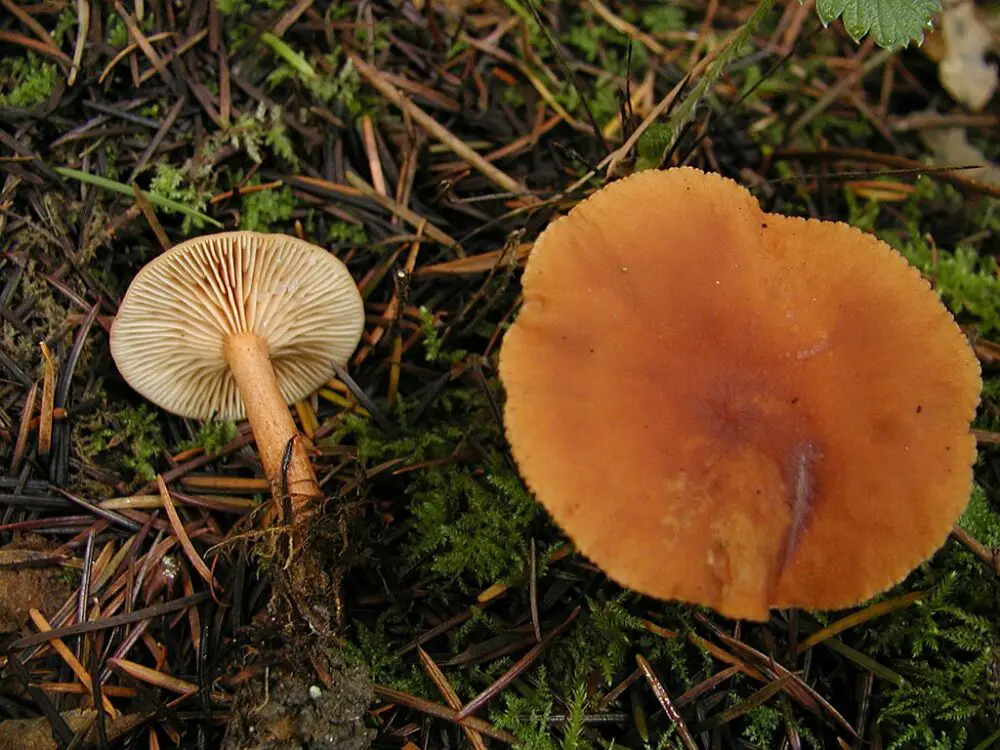
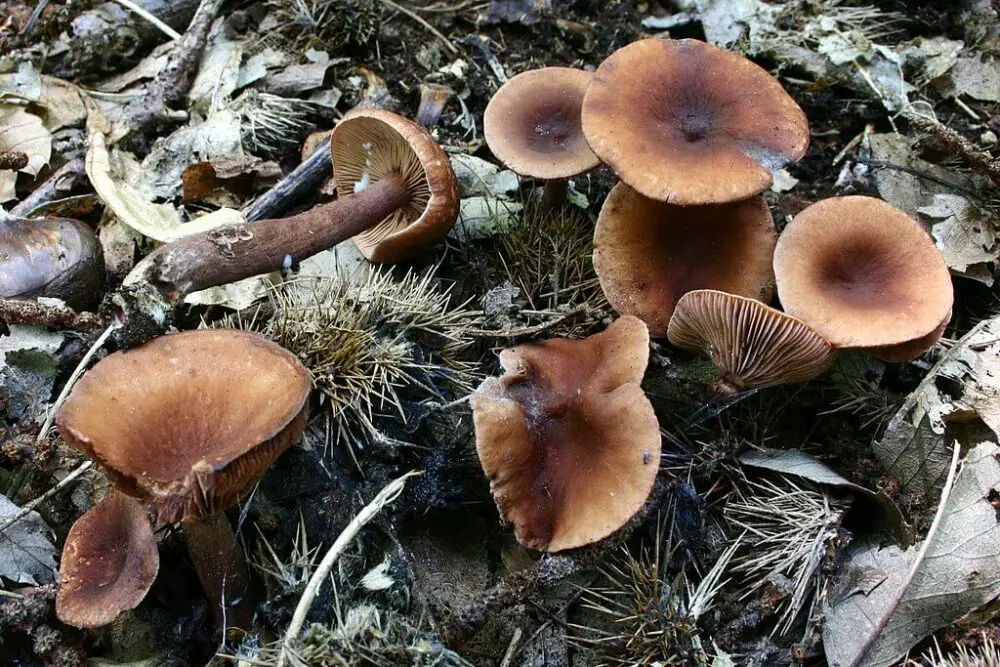
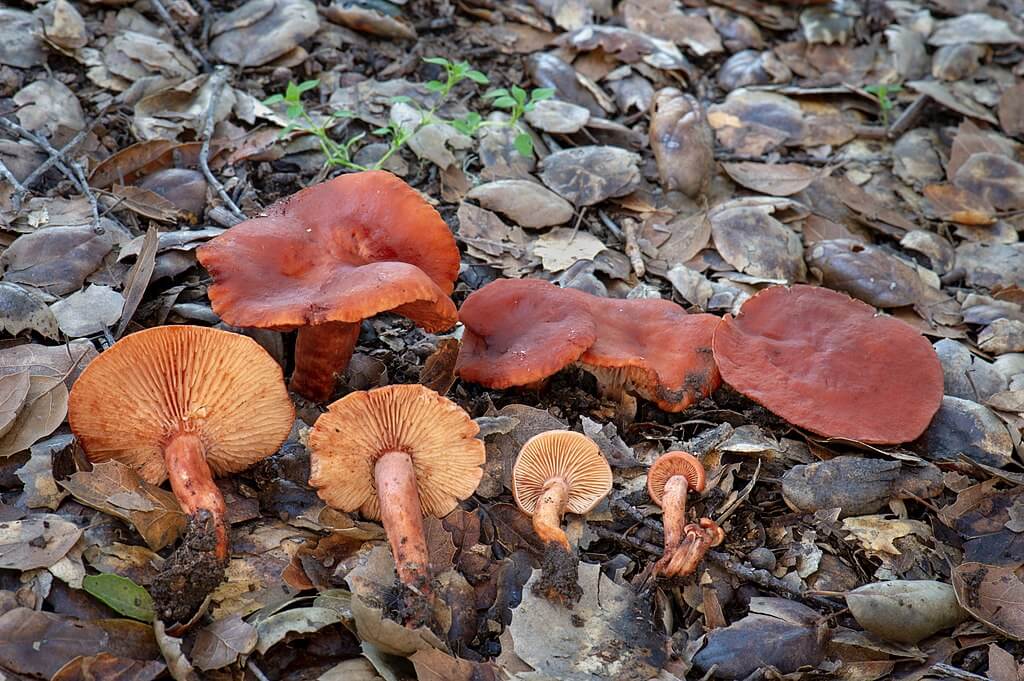
How to Identify Candy Caps
- Candy cap mushrooms are small. The cap is generally up to 1 inch wide.
- They have round, flat, bumpy caps with a divot in the center. The color of the cap ranges from a dull yellow or burnt orange to a deep reddish-orange.
- The edges of the cap are thin and sometimes curl upwards. A candy cap will never be sticky or glossy. However, when freshly sliced, a white latex liquid is released.
- The gills and flesh are both pale orange. The brittle stem should snap when you pick it from the ground or separate the cap. The stem can be solid or hollow.
- The spore print is white or pale yellow.
Where Do Lactarius Mushrooms Grow?
You can find the candy cap mushroom in the Pacific Northwest, most commonly in San Francisco, California. The Mediterranean climate with cold winters provides the ideal growing conditions for this mushroom.
Foragers have also found candy cap mushroom species in Eastern North America, Europe, Asia, and Costa Rica.
Fresh candy caps appear during the winter and are found on trails or roads near organic materials, especially under conifers, hardwood, and moss. They are not typically found in clusters.
If you don’t live in the Pacific Northwest, you can easily find dried candy cap mushrooms online.
What Do Candy Caps Smell and Taste Like?
The scent of candy caps is similar to fenugreek, maple syrup, burnt sugar, or butterscotch. The freshest mushrooms usually have the most potent smell.
Flavor-wise, they are mildly sweet. A candy cap should never be bitter, sharp, or peppery. A raw mushroom has less flavor and is not recommended to eat.
Once the mushroom is cooked or dehydrated, the flavors intensify. Most people say that the mushroom has a slight maple syrup flavor.
If you search for the mushroom flavor, you can find it, but it isn’t overpowering.
Can You Grow Candy Caps at Home?
While it might be possible to grow these mushrooms at home, it isn’t easy. You must mimic their natural habitat.
A great way to start is by infecting moss or wood with candy cap spores or mycelium.
Generally, it’s easier to go out and forage these mushrooms than to attempt to grow them at home.
Are There Any Poisonous Look-Alikes?
There are two poisonous look-alikes. Visual and olfactory identification is essential, but taking a spore print, paying attention to the texture, and cutting open a mushroom is equally as important.
Two of the most commonly confused poisonous look-alikes include:
- Galerina marginata: G. marginata is deadly if over-consumed. Between five and ten milligrams (approximately 20 mushrooms) is toxic. This mushroom has a brown spore print, and the stem is more flexible than the candy cap. Additionally, this mushroom doesn’t have the white latex liquid inside.
- Lactarius xanthogalactus: This mushroom is toxic but not deadly. It has a strong peppery flavor and causes gastrointestinal distress. It grows nearby the candy cap and has a similar pale yellow spore print. This species releases a yellow latex liquid, not white like the candy cap.
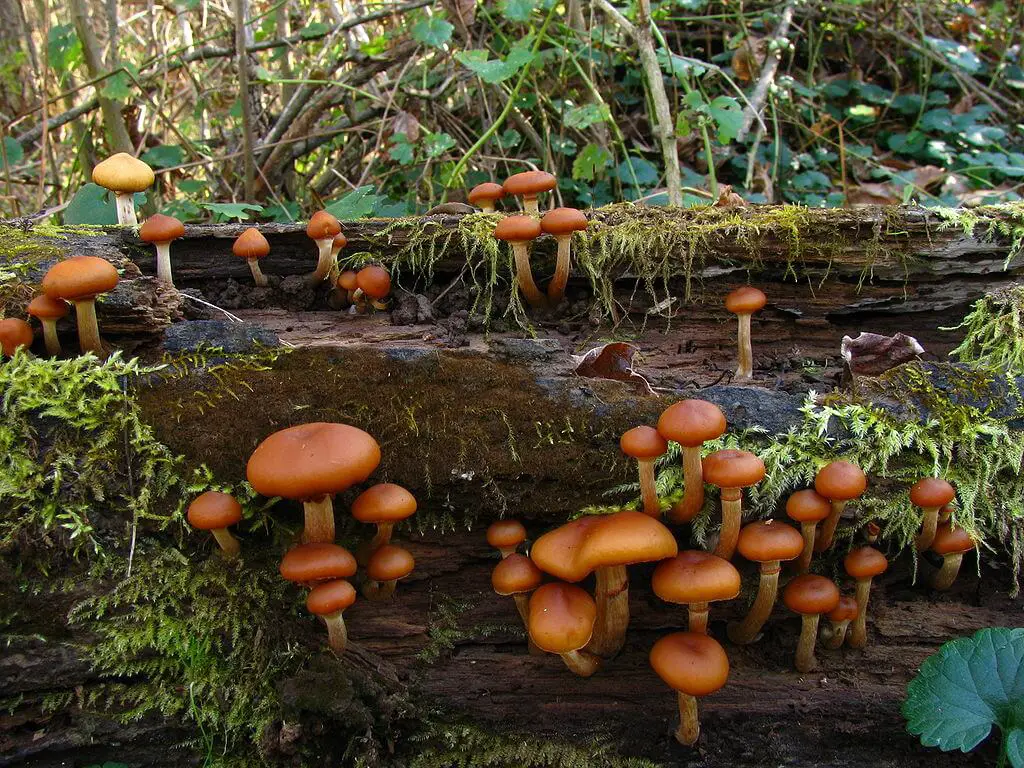
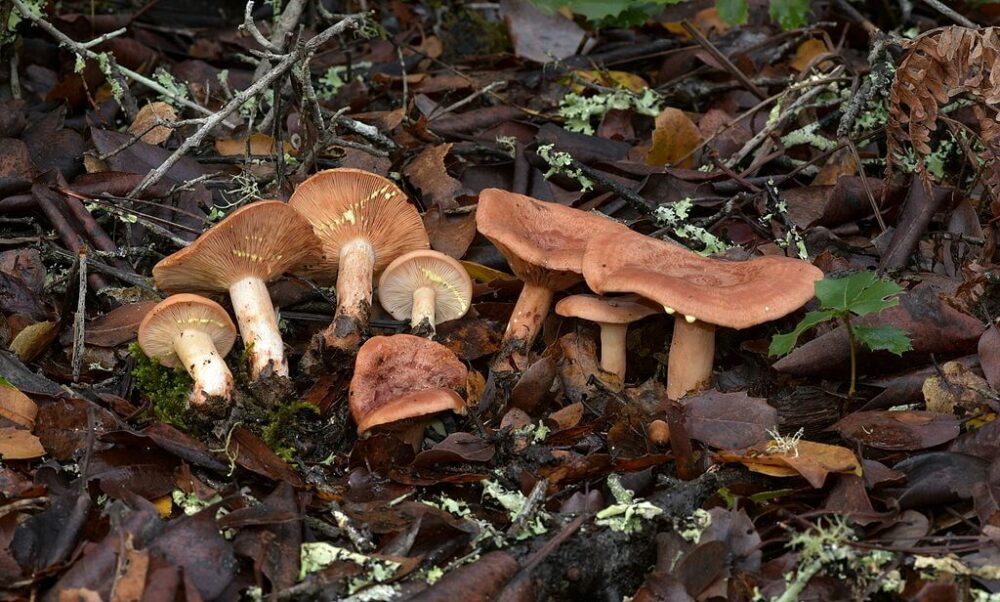
How to Use Candy Cap Mushrooms in the Kitchen
Most candy cap mushroom recipes call for dried mushrooms. They can be ground into a powder or rehydrated with cream, milk, or water.
You can use the powder to make bread, cookies, cake, waffles, and more. Dried mushrooms keep for about a year if you store them in a cool, dark environment in an airtight container.
Here’s a tried and tested recipe to make candy cap blondies (cookies) at home.
If you are using fresh mushrooms, most recipes will have you boil or soak the mushrooms in liquid to extract the flavor.
You can use the infused liquid to make a simple syrup, creme anglais, creme brulee, and ice cream.
My favorite candy cap creme anglais recipe can be found here.
Aside from desserts, you can also use these mushrooms in savory dishes. They are delicious when used delicately as a seasoning for grilled or barbecued meats. Any dish that needs a hint of sweetness can benefit from ground candy cap mushrooms.
You can try this candy cap and sage pork tenderloin recipe; it’s a meat’s delight!
These mushrooms are high in B vitamins folate, riboflavin, and thiamine, which all contribute to brain health.
Originally from Florida, but with a lust for travel, Sami has found herself in many remote areas with little-to-no access to traditional medicines. Since 2014, she has been experimenting with natural remedies, eastern medicine, and foraging. She believes that the Earth provides us with everything we need to live, heal, and cure.

